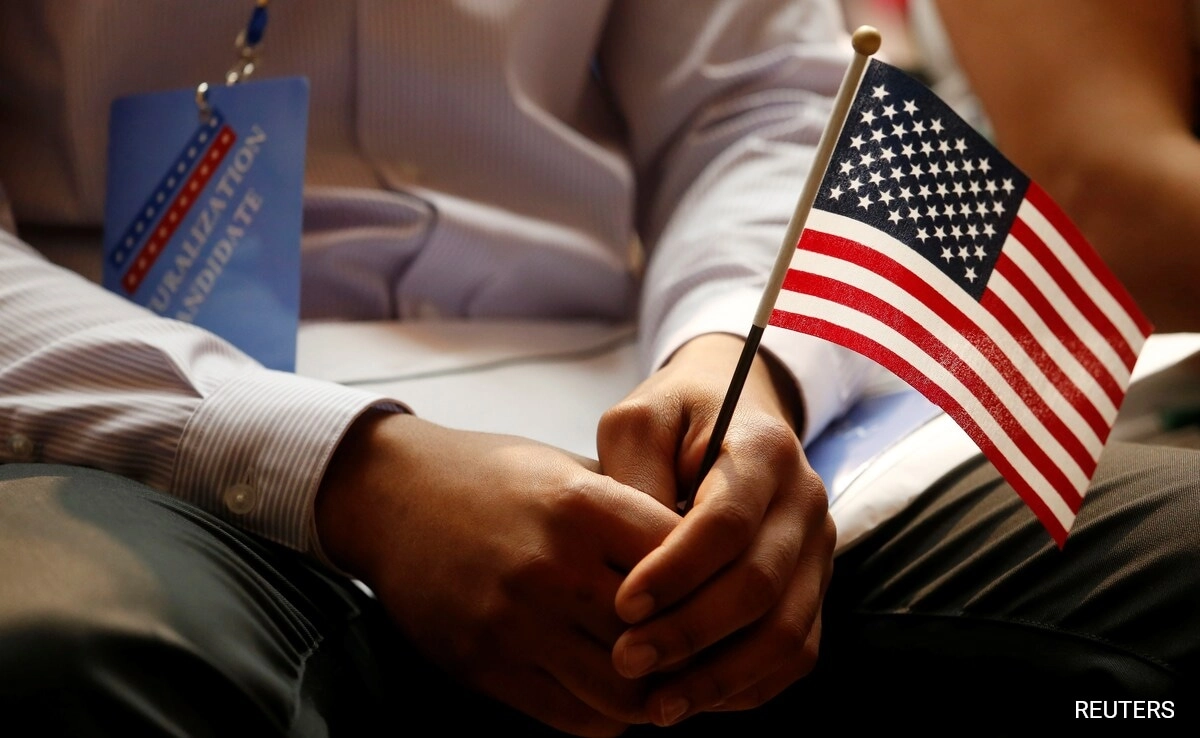A couple in the United States recently found themselves at the center of online ridicule after they chose to attend a wedding dressed in casual attire, specifically jeans and shirts, which they deemed appropriate for what they described as a “budget” wedding. The incident highlights the often unspoken expectations surrounding wedding attire, particularly when it comes to setting the right tone for such a significant occasion. Weddings, regardless of their scale, typically carry a certain cultural weight, and guests are usually expected to dress in a manner that reflects the importance of the event.
In this case, the couple’s decision to wear casual clothing sparked a wave of criticism on social media platforms. Many users expressed their disapproval, arguing that their attire was disrespectful to the couple tying the knot, as it downplayed the significance of the ceremony. Critics pointed out that even a budget wedding deserves a level of respect and decorum, urging guests to show their support and appreciation for the couple’s commitment by dressing appropriately. This situation serves as a reminder of how personal choices can lead to public scrutiny, especially in the context of social norms surrounding weddings.
Conversely, some defended the couple’s choice, suggesting that the definition of appropriate wedding attire should be flexible, particularly in the context of a budget-conscious celebration. They argued that the essence of a wedding lies in the union of two people, and attire should not overshadow the love and commitment being celebrated. This perspective points to a broader cultural shift where casual attire is becoming more accepted in various formal settings, including weddings. Ultimately, the incident reflects the ongoing debate about tradition versus modernity in social events, and it raises questions about how much weight we place on appearances in defining respect and celebration.
As weddings continue to evolve, so too does the conversation surrounding what is considered appropriate attire. This couple’s experience may serve as a catalyst for further discussions about the expectations placed on guests and the importance of personal expression in such ceremonial contexts. Regardless of the opinions surrounding their clothing choice, it is clear that the couple’s experience has resonated with many, highlighting the intricate dynamics of social expectations in the realm of weddings.




